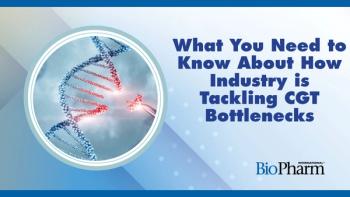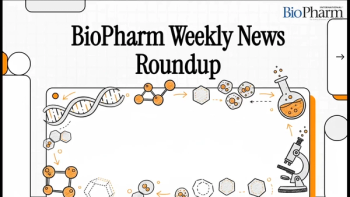
FDA Goes on a Good Guidance Spree
FDA published a flurry of guidance documents in late 2016.
December was a particularly busy time for FDA, as it revved up publication of new guidance documents to help industry understand and follow current advice. Six guidance documents were published on Dec. 28, 2016 helping the agency meet deadlines, and heading off queries from policymakers and stakeholders on where and when certain new advisories will appear.
Two important guidance documents were issued in late November 2016. One finalized how manufacturers should establish quality agreements with contract manufacturers, which is important in avoiding drug quality problems. The other revised a draft guidance on how manufacturers should assess and submit quality metrics data for drugs and biologics to the agency. This revision updated an earlier proposal for assessing quality metrics from the Center for Drug Evaluation (CDER) and the Center for Biologics Evaluation and Research (CBER). The initial plan generated considerable debate in industry, prompting the agency to scale back the initiative to a more acceptable level. Even so, the new plan is stimulating so many comments that FDA extended the comment period through March 2017.
Those documents were just a prelude to the December blitz. CDER and CBER finalized policies for providing clinical pharmacology data in labeling to the agency. Generic-drug makers gained clarification of the agency’s refuse-to-file policy for abbreviated applications. FDA also took off its to-do list one of three much-anticipated guidance documents on developing biosimilars, with a new advisory on how to collect and submit clinical pharmacology data to support similarity claims.
Four new draft and final guidance documents describe new policies for drug compounders, and two implement track-and-trace programs under the Drug Supply Chain Security Act. Manufacturers also gained advice on how they should submit establishment data electronically in applications for new drugs and biologics so that the information is easier to find and review. And the agency provided final advice on developing drugs with botanical ingredients.
CDER regularly has some 100 items on its guidance agenda, and that list will only grow with added guidance requirements from the 21st Century Cures Act. Meanwhile, FDA guidance-writers are not slowing down. Just this week, they published a final guidance on how manufacturers should address cGMP requirements for combination products, an important issue in streamlining development of these complex medical products. More will come, as FDA has yet to issue a much-anticipated advisory on how to document biosimilar interchangeability, as well as several on the marketing side that deal with communication of unapproved drug uses.
All these documents provide biopharmaceutical companies with added insight in how to meet the agency expectations and recommendations and can be found for CDER
Newsletter
Stay at the forefront of biopharmaceutical innovation—subscribe to BioPharm International for expert insights on drug development, manufacturing, compliance, and more.





